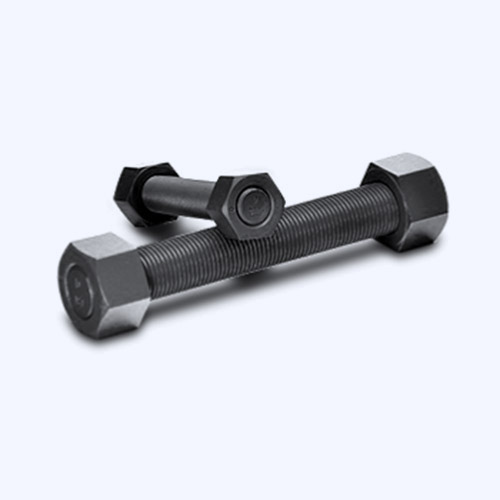Pro . 01, 2024 16:35 Back to list
m3 nut size
Understanding M3 Nut Size An In-Depth Guide
When it comes to fasteners, the M3 nut is a crucial component in various mechanical and engineering applications. As part of the metric system, the M3 nut corresponds to the M3 screw with a nominal diameter of 3 millimeters. In this article, we will delve into the specifications, applications, and advantages of M3 nuts, providing a comprehensive guide for engineers, hobbyists, and DIY enthusiasts.
Specifications of M3 Nuts
M3 nuts are classified under the metric thread standard, which is widely utilized across industries due to its precise measurements and ease of use. The critical dimensions for M3 nuts include
- Nominal Size As previously mentioned, the nominal diameter is 3 mm. - Thread Pitch The standard thread pitch for an M3 nut is typically 0.5 mm, meaning that the distance between adjacent threads is 0.5 mm. This is essential for ensuring a secure fit with M3 screws. - Width Across Flats (WAF) The width across flats for an M3 nut generally measures around 5.5 mm, which refers to the flat sides of the nut that facilitate tightening with a wrench or pliers. - Thickness The thickness of the nut can vary based on the type, but it usually ranges from 2.5 mm to 3 mm.
M3 nuts can come in various materials, such as steel, stainless steel, brass, or nylon, allowing them to be suited for different environmental conditions, including exposure to moisture, heat, or chemicals.
Applications of M3 Nuts
M3 nuts are versatile fasteners found in numerous applications across various industries. Some common uses include
1. Electronics M3 nuts are frequently used to secure components in electronic devices, where compact size and lightweight materials are essential. 2. Automotive In the automotive sector, M3 nuts play a role in the assembly of automotive parts and accessories, where strength and durability are crucial. 3. Aerospace The aerospace industry employs M3 nuts in aircraft assembly due to their ability to withstand high-stress environments and temperatures.
4. DIY Projects Hobbyists and DIY enthusiasts often utilize M3 nuts in model building, robotics, and mechanical assemblies, due to their accessibility and ease of use.
m3 nut size

5. Furniture Assembly Many types of flat-pack furniture also utilize M3 nuts as part of their assembly process, providing a sturdy connection between various components.
Advantages of M3 Nuts
The use of M3 nuts presents several advantages
- Precision The metric system provides precise measurements, ensuring a tight and secure fit with M3 screws, which decreases the likelihood of loosening over time.
- Standardization M3 nuts are part of an internationally accepted standard, making them widely available and compatible with many different components.
- Strength When made from high-quality materials, M3 nuts can offer significant tensile strength, making them suitable for a wide range of applications.
- Corrosion Resistance When constructed from materials like stainless steel or brass, M3 nuts can provide excellent corrosion resistance, extending the lifespan of assemblies in adverse environments.
Conclusion
In conclusion, the M3 nut size forms an essential component of various mechanical assemblies, providing a reliable and standardized fastening solution. Its specifications, applications, and advantages highlight the critical role it plays in different industries and projects. Whether you are an engineer working on complex machinery or a DIY enthusiast assembling a model, understanding the significance of the M3 nut can enhance your design and assembly processes. As the world continues to evolve in terms of technology and innovation, components like the M3 nut will remain indispensable in ensuring that structures and machines maintain their integrity and functionality.


